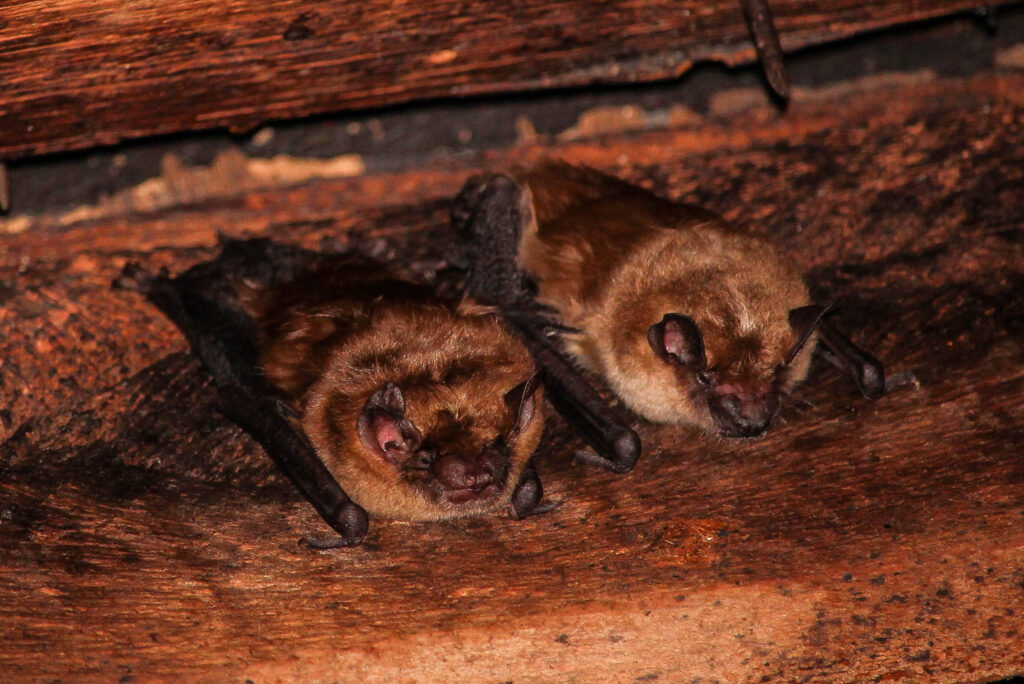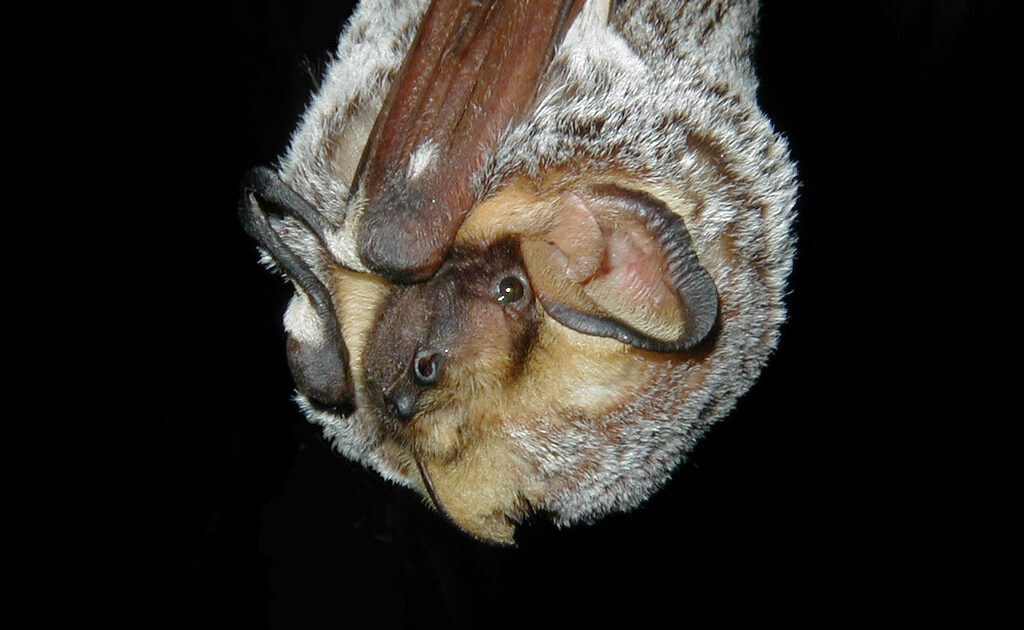There are 16 bat species in British Columbia. Some are present year-round, while some are only summertime residents that migrate south during the winter. Some are more likely to get into your home than others, in which case you need bat removal in Okanagan. Here are some bat species you may encounter in Okanagan.
1. Hoary Bat
The hoary bat is the largest in British Columbia. It weighs up to 38 grams and may measure 14.4 cm in length. Its fur is soft and mixes grey and dark brown, but the tips of the hairs are white. The white tips make the bat look like it is covered in frost, which is where the hoary bat gets its name.
The hoary bat lives in areas of forest and grassland. It prefers to roost in trees rather than in caves or buildings. For this reason, it is sometimes known as a tree bat. The hoary bat is a migratory bat. It feeds on insects that become scarcer during the fall, so the bats fly south for the winter when temperatures are warmer and insects are plentiful.
When do bats return in the spring? There is no one answer because it varies by species, but generally speaking, they return when the weather down south is getting too hot, the weather up north is warm enough, and the insects are active to provide them with food.
2. Big Brown Bat

The big brown bat isn’t quite as large as the hoary bat, but it comes close, weighing up to 22 grams and measuring up to 13.1 cm in length. The wings and ears of the big brown bat are black to dark brown. Its body is covered with long fur that ranges in colour from dark brown to tan.
Of these three species, the big brown bat is probably the one most likely to end up in your home. Big brown bats are also called barn bats because they specifically seek out buildings in which to roost instead of trees or caves. Big brown bats also stay in British Columbia all year round, hibernating during the winter rather than migrating. When they are not hibernating, they emerge at dusk to find insects to eat over urban areas, as well as forests, clearings, and bodies of water.
In British Columbia, big brown bats may roost together in colonies of up to 50 bats. Elsewhere, colonies may be bigger, numbering around 700.
3. Silver-Haired Bat
The silver-haired bat is smaller than the other two species. Weighing up to 12 grams and being approximately 11.7 cm in length, it is a moderate-sized species. The primary colour of the silver-haired bat is black but the tips of its hairs are silvery grey. As with the hoary bat, this gives the silver-haired bat a frosted appearance.
Silver-haired bats are found in British Columbia all year long. They prefer to roost in trees, either in small colonies or by themselves. They are most likely to be found in buildings in the winter because they look for places to hibernate that provide consistent temperatures. They prefer to eat moths and other soft-bodied insects and fly low over the water to find them.
The Need for Professional Bat Removal
Bats face challenges to their survival. These three bat species are not susceptible to the deadly white-nose syndrome, but wind turbines pose risks to them. Bats have an important role to play in the ecosystem as plant pollinators and insectivores that keep pest populations under control.
Therefore, laws are in place to protect bats from unnecessary harm. Skedaddle technicians are familiar with the law and know how to get rid of bats without harming them or incurring legal penalties. That’s why you should turn to us for bat removal Okanagan.




